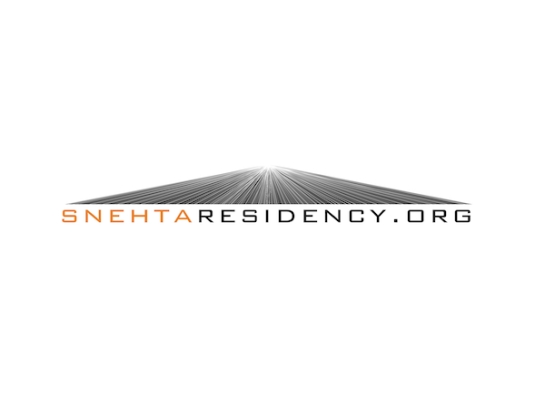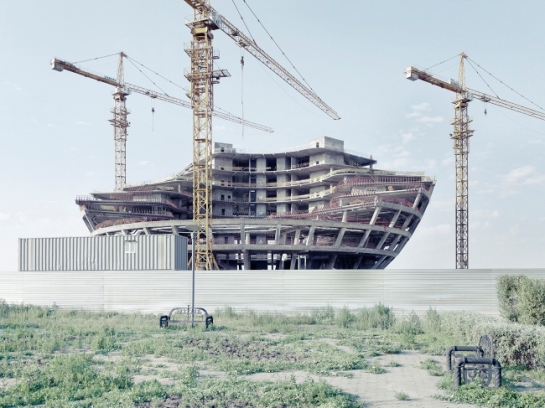With my own research I considering how visual digital data can be played in a way that represents the space that the visual came from. Add a new level to a visual perception of a space. Here Brian House has created a record of his movements collected over a year. The 11 minute record titled Quotidian Record rotates once for every day the data was collected. Here is an article written by Kyle VanHemert for Wired Magazine about this project by Brian House.
One of the scariest things about all the data we generate is how little we seem to care about it. It’s like we’ve come to accept it as some intrinsic, inevitable thing, blowing off us harmlessly and invisibly like pheromones and settling, simply, somewhere else. Of course, it doesn’t just settle; it collects. Or, more accurately, it gets collected. Former NSA official and whistleblower Thomas Drake describes our government’s relationship with data as “a hoarding complex.” Corporations, too, are increasingly seeing the value in the stuff. But whether you find all that business downright Orwellian or just irksome, those efforts risk obscuring the fact that data can give us entirely new ways to look at our lives. And new ways of hearing them.
For a project called “Quotidian Record,” media artist Brian House turned a year’s worth of his movements into an 11-minute musical track and stamped it on a handsome piece of vinyl. In bleeps and bloops, the record follows House’s daily routine. Every revolution represents a single day. It sounds a little bit like Animal Collective.
“Each place gets assigned a step of the scale in the music.”
House recorded his location data with Open Paths, a private, personal tracking app he helped develop last year during a stint at the New York Times’ Research and Development Lab. When he had a year’s worth collected, he started thinking about what to do with it. Maps were an obvious choice, but not an especially compelling one. “I’m interested in the human perspective, not an all-seeing top down perspective,” he explains. But it occurred to him that his data contained something that cartographic representations could never capture: rhythm. “The hypothesis of the piece became the idea that the cadence of everyday life is in fact musical by virtue of the inherent, semi-repeating patterns that we trace in the world.”
So House cooked up an algorithm that identified the places he visited most, and set about putting them to music. “Each place gets assigned a step of the scale in the music, and each city a key,” he explains on the project’s page. “Theres kind of an underlying pulse to the composition…which represents two hours of actual time. And what you hear on top of that are these little motifs, the geographic narratives that I cycle through over the course of my daily movements.” House tapped Brooklyn-based graphic designer Greg Mihalko to develop the look of the record itself, which shows the time of day and the city you’re listening to at any given moment.
The back of the sleeve shows the paths the artist traveled in each city–essentially the score for the piece. Photo: Brian House
In an age of infographics, quantified selves, and the all-fixing promise of Big Data, House’s record is refreshingly useless. “Quotidian Record is about experiencing data in a way that might be more interpretive than practical,” he admits. But the idea behind the project–that data can be intimate and expressive and is, in the end, ours to tinker with–is a vital one. It’s the opposite of your location data ending up in an inscrutable spreadsheet or an NSA dropbox or a hyper-targeted advertisement. It shows us how art might represent a different place for our data–one that’s vastly more accessible. “Music is felt intuitively, so we don’t have to analyze the data to extract meaning,” House says.
“In a way, it’s meant as a bit of a warning,” he continues. “The data exhaust everyone produces everyday through the use of these devices, computers and cellphones and ATMs and self-driving cars, is more personal than we think, and we have to reckon with that…One way is to find alternative means of relating to data, ways that are not about classification and commodification and control but which emphasize embodiment and subjectivity and expressivity. There is a critical dimension in pointing out that data are always qualitative and mean different things depending on how they are cast. Google and the NSA don’t have to get the final word.”











